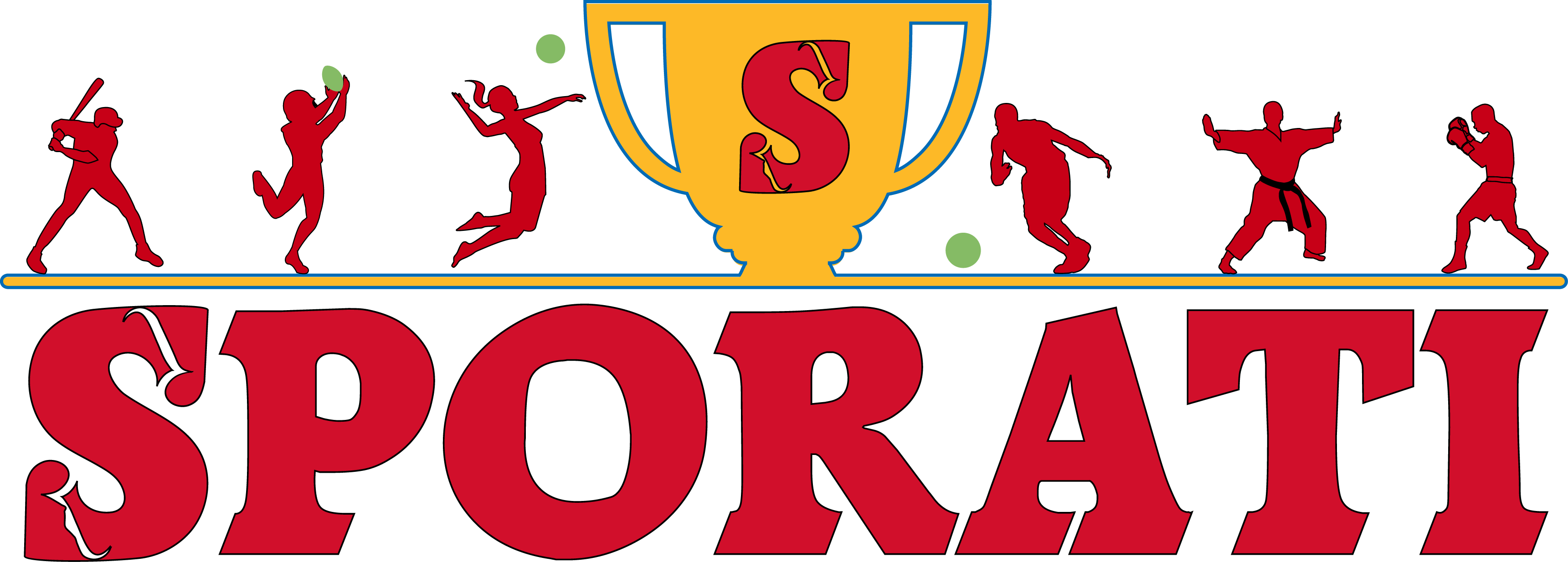Milano 2026 Freestyle Schedule
The snowy peaks of Milano-Cortina, Italy, are gearing up to host the world’s finest freestyle skiing athletes at the highly anticipated 2026 Winter Olympic Games. With an adrenaline-packed schedule and breathtaking alpine landscapes as the backdrop, freestyle fans are in for an unforgettable treat. Whether you’re a die-hard moguls fanatic or someone who loves catching big air in freestyle halfpipe, it’s time to mark your calendars. This is your ultimate guide to the Milano 2026 Freestyle Skiing Schedule.
What is Freestyle Skiing?
To appreciate the artistry and daring athleticism that freestyle skiing brings to the Games, let’s set the stage. Freestyle skiing is much more than a sport; it’s a dynamic showcase of creativity, precision, and courage. Comprising disciplines like Big Air, Moguls, Aerials, Slopestyle, Halfpipe, and Ski Cross, freestyle skiing is the meeting point of technical skill and gravity-defying flight. Milano 2026 promises to take this adrenaline-pumping experience to new heights, quite literally!
“Freestyle skiing combines athleticism with artistry, leaving fans in awe time and time again.”
Freestyle Skiing Schedule for Milano 2026
The freestyle events are set to kick off on February 4th, 2026, and will run fiercely until February 22nd. Here’s a quick rundown of some key highlights from the schedule:
Moguls: Setting the Tone on Day One
- February 4th: Qualification rounds to sort out the smooth landings from the shaky ones.
- February 5th: Finals daywatch out for rapid turns, bumps, and jaw-dropping jumps! Medals will be awarded.
Big Air: Bigger Jumps, Bigger Cheers
- February 9th: Qualification rounds where the best of the best prepare to take flight.
- February 10th: Finals day. Get ready for tricks like 1440s, grabs, and corksyou’ll need to pick your jaw off the floor.
Ski Cross: The Wild Card Event
- February 14th: A day dedicated to pure chaos and excitement, as skiers race head-to-head in fast-paced, elbow-to-elbow action.
Slopestyle: Creativity Meets Precision
- February 18th: Qualification rounds where terrain park creativity will be on full display.
- February 19th: Finalsexpect daring tricks and impeccable precision as athletes go all out for the gold.
Halfpipe: Sky Is the Limit
- February 21st: These qualifiers will see athletes defy limits while carving up the halfpipe.
- February 22nd: Finals close the freestyle events with jaw-dropping amplitude and technical mastery.
The Host Venues: Ski Paradise in the Italian Alps
Milano-Cortina is much more than a Winter Olympics hostit’s a postcard-perfect Alpine region steeped in skiing heritage. The freestyle events will be held across some of Italy’s most picturesque and technically challenging ski resorts, such as:
- Cortina d’Ampezzo: Known for its world-class slopes and scenic Dolomite views.
- Livigno: A Winter Olympics veteran poised to host lively freestyle competitions amidst its pristine snowy backdrop.
“In Milano-Cortina, the mountains aren’t just a venuethey’re an integral part of the sporting story.”
How to Be Part of the Action
Thinking about being there in person to experience the madness? Milano 2026 ticket sales are *live now*. High demand is expected, so don’t wait for snowfall to grab your passes. For those unable to make the trip, the broadcasts promise an immersive viewing experience fit for Olympic royalty. Keep an eye on official ticketing pages and international channels broadcasting the competition.
Why You Shouldn’t Miss Milano 2026 Freestyle Skiing
Freestyle skiing at the Winter Olympics is about more than just competitionit’s a feast for the senses. The fearless athletes, the celebrated venues, the roaring crowdeverything converges for those magical moments when technique and bravery collide. Whether you watch live on-site, through your screen at home, or while bundled up at your local bar, Milano 2026 is set to inspire a new generation of fans.
As we inch closer to February 2026, the countdown has officially begun. So, dust off your skis, save the date, and get ready for an Olympic winter wonderland like no other. See you in Italy!
For more updates on Milano 2026, head over to the official Olympics schedule page.

